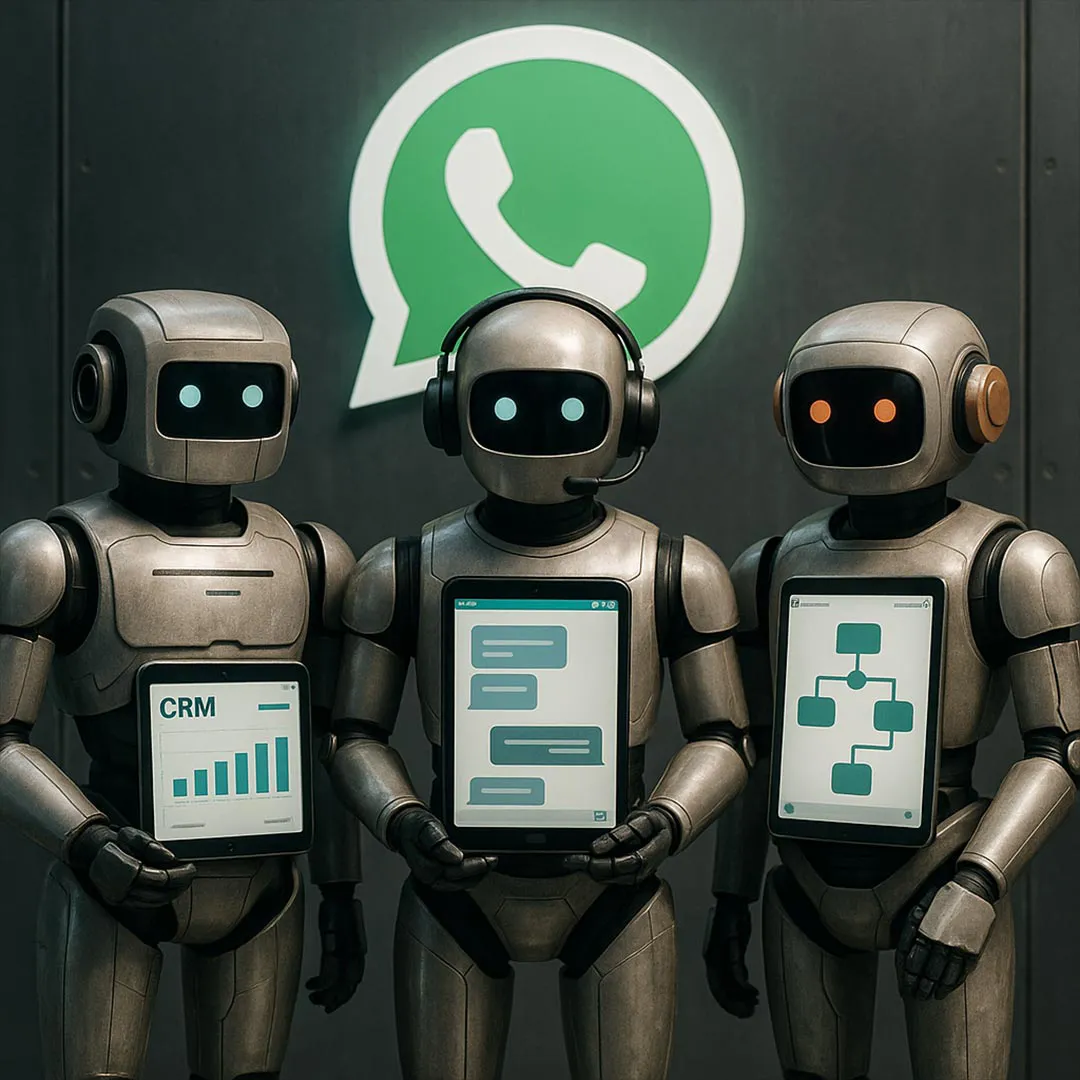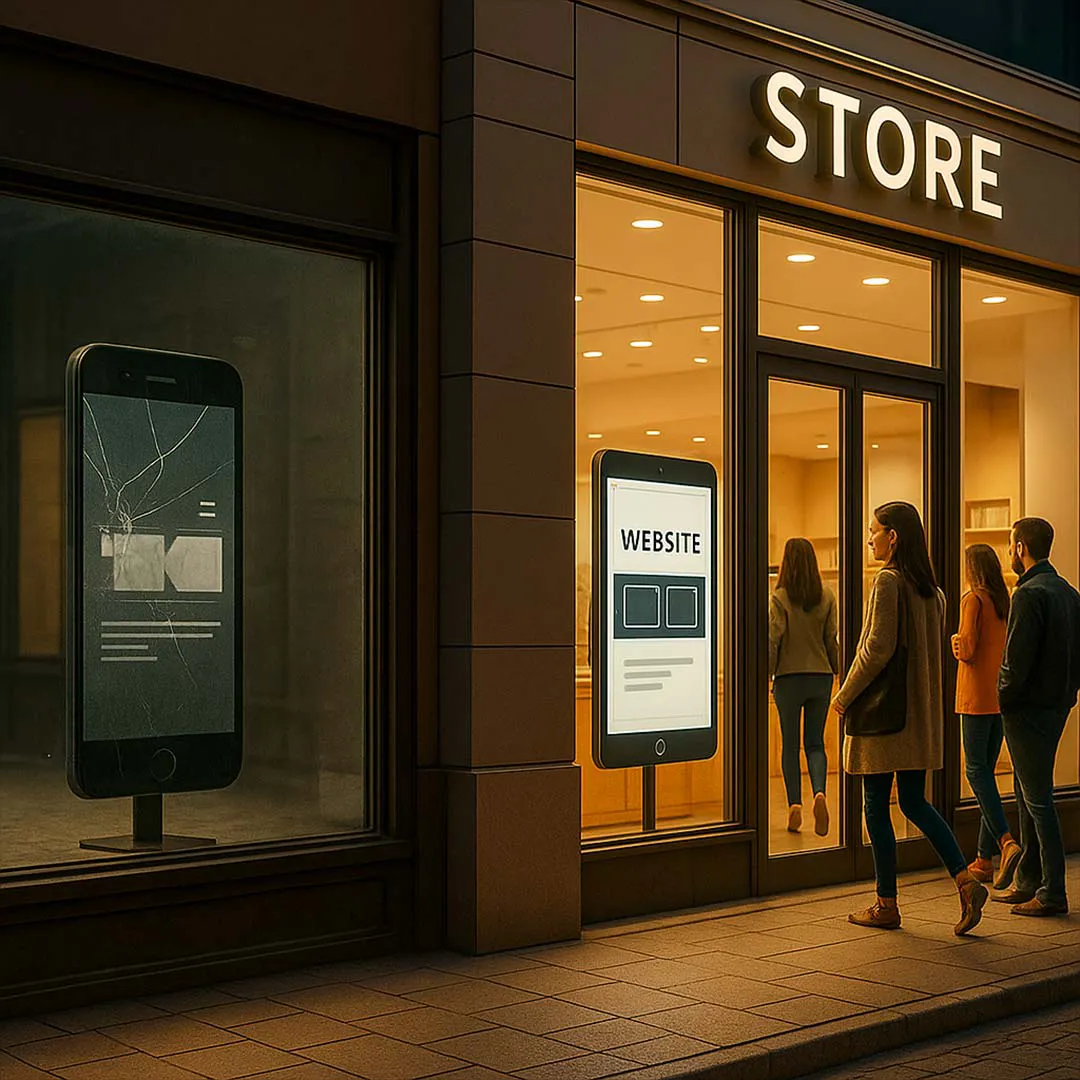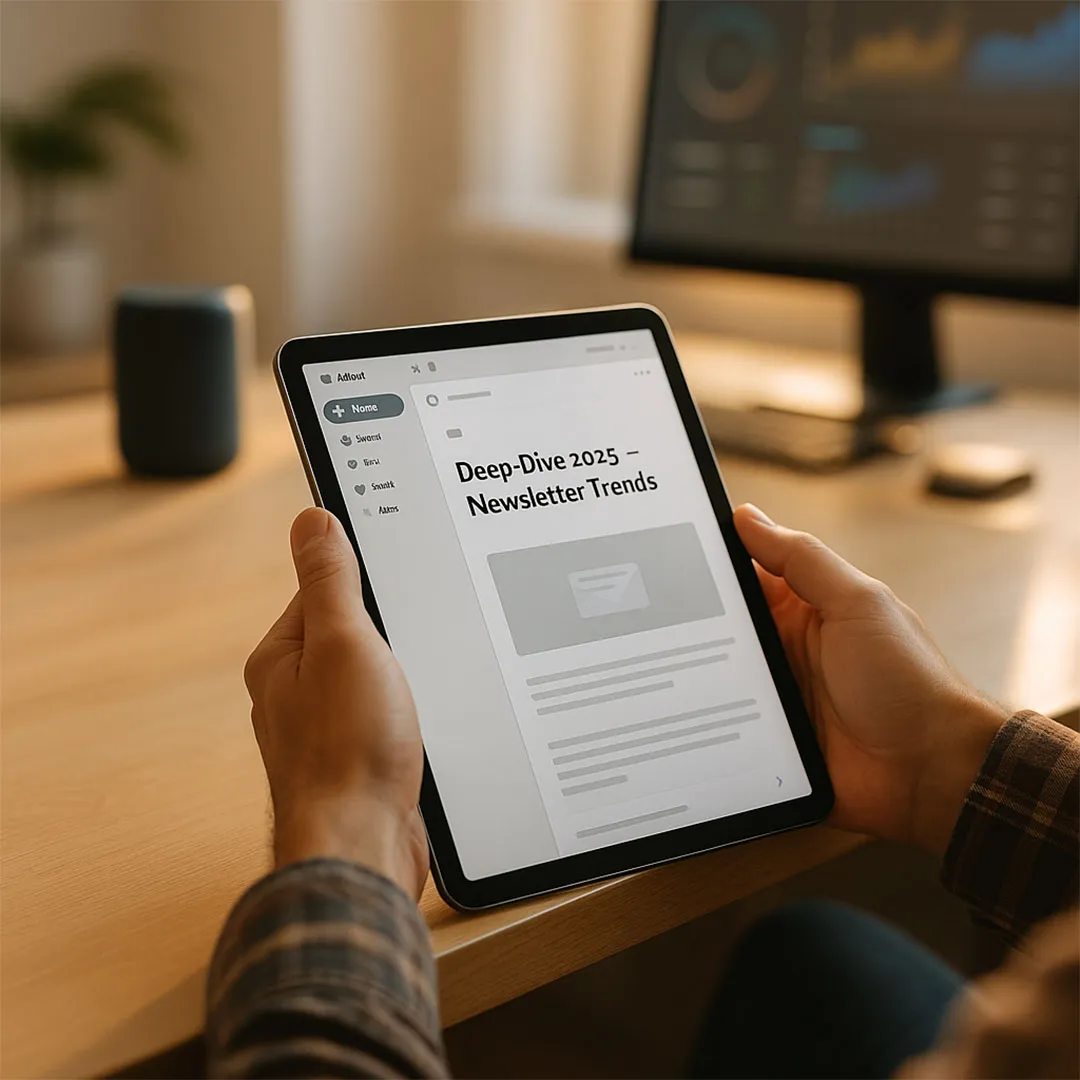
Creative marketing: Burger King's “Traffic Jam Whopper” campaign
28. October 2024
Burger King fand mit der „Traffic Jam Whopper“-Kampagne eine innovative Lösung für ein alltägliches Problem in Mexiko-Stadt: die berüchtigten Verkehrsstaus. Das Unternehmen nutzte clevere Technologie und Echtzeitdaten, um Kunden sogar im stockenden Verkehr zu erreichen. Diese Strategie verdeutlicht, wie Unternehmen durch digitale Transformation neue Wege finden können, um ihre Zielgruppe zu bedienen. In diesem Artikel betrachten wir die Umsetzung und den Erfolg dieser Kampagne im Detail.
Verkehrsstaus als Geschäftshindernis
Mexiko-Stadt ist bekannt für ihren dichten Verkehr, in dem Pendler oft stundenlang festsitzen. Für Unternehmen, die auf schnelle Lieferungen angewiesen sind, stellen diese Staus eine große Herausforderung dar. Auch für Burger King sind die ständigen Verkehrsprobleme ein Hindernis, weil traditionelle Liefermethoden dann ineffizient sind. Doch Burger King sah in diesem Problem eine Chance, um durch kreative Lösungen neue Kunden zu gewinnen.
„Traffic Jam Whopper“-Kampagne
Burger King entwickelte die „Traffic Jam Whopper“-Kampagne, um den Verkauf während der Stoßzeiten zu steigern. Die Kunden erhielten frische Whopper direkt ans Auto, selbst wenn sie im Stau standen. Dafür nutzte das Unternehmen eine clevere Kombination aus Echtzeitdaten, digitaler Technologie und effizienter Logistik.Echtzeit-Überwachung: Burger King setzte ein System ein, das Verkehrsstaus in Echtzeit erkannte und sofort reagierte. Sobald Autos langsamer als 3 km/h fuhren, aktivierte das System gezielte Lieferdienste. Diese Lieferungen erfolgten in einem Umkreis von 3 km um ausgewählte Burger King-Filialen. So konnte das Unternehmen Bestellungen direkt an Kunden liefern, die im Stau standen.Geofencing und App-Integration: Die Kampagne nutzt GPS-Daten und App-Integration, um Kunden direkt in ihren Autos anzusprechen. Über die Burger King-App gaben Fahrer per Sprachbefehl Bestellungen auf, was die Sicherheit im Verkehr erhöhte. Diese nahtlose Technologie-Integration macht das Bestellen besonders einfach und schnell.
Digitale Werbetafeln und In-App-Anzeigen
Ein zentraler Bestandteil der Kampagne war eine durchdachte Multi-Channel-Strategie, die verschiedene Kanäle effektiv kombinierte:Digitale Werbetafeln: Burger King platzierte digitale Billboards an strategischen Standorten in der Stadt, die Echtzeit-Anzeigen ausspielten. Diese Anzeigen ermutigten Fahrer im Stau, über die App zu bestellen. Die dynamischen Werbebotschaften passten sich den aktuellen Verkehrsbedingungen an, wodurch sie besonders relevant wurden.Partnerschaft mit Waze: Um die Reach weiter zu steigern, kooperierte Burger King mit der Navigations-App Waze. Nutzer, die über Waze im Stau navigierten, erhielten gezielte Anzeigen von Burger King mit integrierter Bestelloption. Diese Partnerschaft ermöglichte es, Nutzer direkt anzusprechen und auf die Bestellfunktion in der App aufmerksam zu machen.
Motorrad-Lieferungen im Stau
Eine großartige Idee erfordert auch eine effektive Umsetzung, und hier zeigte sich Burger Kings Stärke in der Logistikstrategie. Um schnelle und zuverlässige Zustellungen trotz Staus sicherzustellen, setzte das Unternehmen auf Motorradkuriere. Diese Fahrer waren speziell geschult, sich durch den dichten Verkehr zu bewegen und Bestellungen direkt zu den Autos der Kunden zu bringen.So erhielten die Kunden ihren Whopper, ohne das Auto verlassen zu müssen, was die Flexibilität der Lieferstrategie verdeutlichte. Selbst bei extremen Staus gelang es den Fahrern, die Bestellungen effizient zuzustellen.
Auswirkungen und Erfolg der Kampagne
Die „Traffic Jam Whopper“-Kampagne war ein voller Erfolg und brachte beeindruckende Ergebnisse:Erhöhte Verkaufszahlen: Während der Kampagne stiegen die täglichen Lieferbestellungen in Mexiko-Stadt um 63 %, was den Erfolg deutlich zeigte. Die Idee, Kunden direkt im Stau zu erreichen, erwies sich als äußerst effektiv und führte zu einem signifikanten Umsatzanstieg. Zudem verzeichnete Burger King einen 44-fachen Anstieg der App-Downloads, was die Reach und Nutzerbasis erheblich erweiterte.Positive Resonanz und Auszeichnungen: Die Kampagne gewann zahlreiche Auszeichnungen und sorgte weltweit für positive Medienberichterstattung. Sie präsentierte Burger King als innovatives, kundenorientiertes Unternehmen, das kreative Lösungen für alltägliche Probleme findet. Diese positive Aufmerksamkeit stärkte das Markenimage und setzte neue Maßstäbe für kreatives Marketing in der Branche.
Wichtige Erkenntnisse und zukünftige Anwendung
Burger Kings „Traffic Jam Whopper“-Kampagne zeigt eindrucksvoll, wie Unternehmen durch Echtzeitdaten und digitale Technologie kundenfreundliche, innovative Lösungen entwickeln können.Echtzeitdaten als Marketinginstrument: Die Kampagne zeigte eindrucksvoll, wie effektiv Unternehmen Echtzeitinformationen nutzen können, um Dienstleistungen dynamisch anzupassen. Unternehmen, die solche Ansätze verfolgen, erreichen ihre Zielgruppen gezielt und bieten passende Angebote zur richtigen Zeit. So steigern sie die Kaufbereitschaft der Kunden.Technologische Integration: Burger King setzt durch die geschickte Kombination von Apps, digitalen Werbetafeln und Logistiklösungen neue Maßstäbe im kreativen Marketing. Dies verdeutlicht, wie wichtig es ist, Technologien nahtlos zu integrieren, um ein einzigartiges Kundenerlebnis zu schaffen.
Conclusion
Burger Kings „Traffic Jam Whopper“-Kampagne zeigt, dass Marken digitale Technologien nutzen können, um ihre Reach zu erhöhen. Sie demonstriert, dass innovative Lösungen für alltägliche Probleme entstehen können. Die clevere Integration von Echtzeitdaten, App-Technologie und Logistik könnte auch in anderen urbanen Märkten wegweisend sein. Zusätzlich zeigt diese Kampagne, wie sich traditionelles Fast Food erfolgreich mit modernen digitalen Lösungen kombinieren lässt.Die Zukunft des Marketings in Städten erfordert wahrscheinlich Flexibilität und Innovationskraft, denn Unternehmen müssen kreativ bleiben. Unternehmen, die bereit sind, über den Tellerrand hinauszudenken und digitale Tools zu nutzen, setzen sich durch. So haben sie die Chance, neue Märkte zu erschließen und ihre Position zu stärken. Burger King hat gezeigt, wie gut das funktionieren kann. Nun liegt es an anderen Marken, ebenfalls kreative Lösungen zu entwickeln und nachzuziehen.
Our blog
Latest news
With our blog, you are always close to our work, our current projects and the latest trends and developments in web and print.
Any questions?





